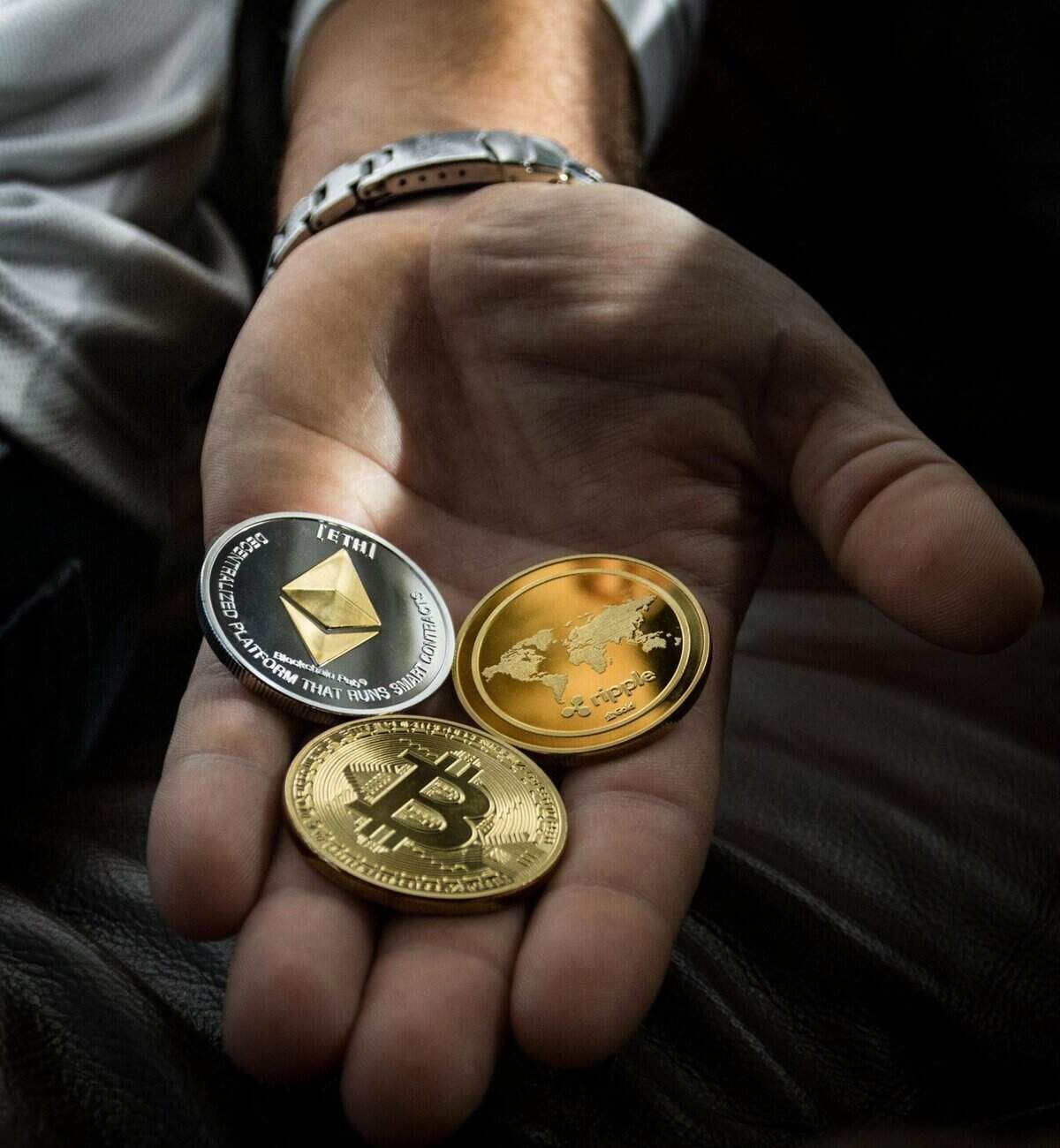Have you ever wondered what the buzz about Web3 is all about? As you’re about to discover, we’re on the brink of a digital revolution that promises to change the way you interact with the internet and beyond. From decentralization to blockchain technology and cryptocurrencies, Web3 is poised to redefine the digital landscape in ways that could profoundly impact your online experiences.
What is Web3?
Web3, or Web 3.0, is often described as the next phase of the internet. But what exactly does that mean? In essence, Web3 aims to create a more decentralized and open network where you, the user, have more control over your data and online interactions. Unlike Web2, which is characterized by centralized platforms owned by a handful of large corporations, Web3 uses blockchain technology to distribute power and authority.
Why Decentralization Matters
At the heart of Web3 is the concept of decentralization. Instead of storing data on a single server—or a series of servers controlled by a single entity—Web3 leverages blockchain. This means your data is stored across a network of computers, providing a more secure and resilient platform. The implications of this go beyond just privacy and security; imagine a world where you can interact with content and services without the need for an intermediary to validate your actions.
A Brief History of the Web
It’s essential to understand how Web3 fits into the broader evolution of the internet. You might remember Web1 as the era of static websites and simple browsing. It was defined by content consumption with limited interaction and user-generated content. Web2 saw the rise of social media platforms and user-generated content, providing you with a means to interact and share. However, this led to centralized power dynamics that Web3 seeks to dismantle.
Key Technologies Behind Web3
Understanding Web3 involves diving into the technologies that power it. While blockchain might be the most talked-about, it’s only one component of this new paradigm.
Blockchain
Blockchain acts as the backbone of Web3. It is essentially a distributed ledger where transactions are recorded in blocks and linked using cryptography. Each block contains a cryptographic hash of the previous block, a timestamp, and transaction data, making it secure and immutable. For you, this means greater transparency and the ability to verify transactions independently.
Cryptocurrencies
You might already be familiar with Bitcoin or Ethereum, the digital currencies often associated with investment speculation. In Web3, cryptocurrencies serve a broader purpose. They act as incentives for network participants who validate transactions and maintain the integrity of the blockchain. For you, this could mean quicker and more reliable transactions, without the fees associated with traditional banking.
Smart Contracts
Imagine agreements that execute themselves automatically when certain conditions are met. That’s the essence of smart contracts. These self-executing contracts with the terms of agreement directly written into lines of code are pivotal in eliminating intermediaries and reducing costs. You could use smart contracts for anything from real estate deals to insurance claims, making your transactions more efficient.
Decentralized Applications (dApps)
Unlike traditional apps hosted on a central server, dApps run on a blockchain or peer-to-peer network. They offer the same functionality but tend to be open-source and have their logic or data deployed on a blockchain. For you, this translates to more control over your data and potentially more transparency and fairness in online interactions.

The Impact of Web3 on Different Industries
Web3 isn’t just a new way of thinking about the internet; it’s a potential game-changer for several industries. Let’s explore some areas where you might see significant changes.
Finance
Web3 is already shaking up the financial sector with what is known as Decentralized Finance (DeFi). DeFi platforms offer financial instruments without relying on traditional institutions like banks or brokerages. For you, it means access to lending, borrowing, and investing without the usual gatekeepers, potentially with lower fees and more inclusivity.
Art and Entertainment
The rise of Non-Fungible Tokens (NFTs) has been one of the most talked-about Web3 applications in the art and entertainment industry. NFTs allow artists to tokenize their work, proving authenticity and ownership on the blockchain. So if you’re an art enthusiast, this could change how you buy and sell art, offering creators more control and royalties.
Supply Chain Management
Supply chains are often complex, involving multiple stakeholders and processes. Web3 technologies can improve transparency and traceability, allowing you to see exactly where your products come from and how they were made. This can lead to increased trust and efficiency in transactions, potentially lowering costs and reducing fraud.
Real Estate
Imagine a world where buying a house is as easy as any regular online purchase. With Web3, you could soon complete real estate transactions using smart contracts, eliminating much of the administrative burden and reducing closing times. This could mean a more straightforward and transparent buying process for you.
Challenges Facing Web3
No revolutionary technology comes without its hurdles. While the promise of Web3 is enticing, it’s not without challenges that must be addressed to achieve widespread adoption.
Security Concerns
Although blockchain technology is inherently secure, it’s not entirely foolproof. Smart contracts, for instance, are only as good as the code they’re written with. If poorly written, they can be vulnerable to hacks. Ensuring the security of your transactions and data will require ongoing vigilance and advancements in cybersecurity.
Regulation
With any groundbreaking technology comes the question of regulation. Governments around the world are still grappling with how to regulate cryptocurrencies and blockchain technology. For you, this could mean a lack of clarity and consistency in how these technologies are governed, potentially impacting your ability to use them freely.
Energy Consumption
One of the criticisms of blockchain technology is its high energy consumption, particularly proof-of-work blockchains like Bitcoin. For an environmentally-conscious user like yourself, this could be a significant concern as the world pays more attention to sustainability.
User Adoption
Ultimately, the success of Web3 depends on getting enough users on board. While early adopters are enthusiastic, widespread adoption will depend on making the technology user-friendly and accessible, ensuring you can comfortably navigate this new digital landscape.

The Future of Web3
Web3 is not just a technological advancement; it’s a philosophical shift in how we think about the internet and digital ownership. In the coming years, as technology matures and becomes more widespread, you could experience a greater sense of freedom and empowerment online.
Interoperability and Scalability
For Web3 to fulfill its promises, it must overcome the current fragmentation and scalability issues. Different blockchains often don’t communicate well with each other, and scalability remains a challenge. As these issues are addressed, you will likely find a more seamless and integrated online experience.
Empowerment and Ownership
One of the most exciting prospects of Web3 is the potential for greater individual empowerment. Imagine owning your own digital identity and being able to monetize your data. This could mark a radical departure from current models, offering you more control and potentially new streams of revenue.
Bridging the Digital Divide
Web3 has the potential to make access to technology more democratic. Decentralization can bring services to people without traditional infrastructure, like banking in underserved regions. So, it could help bridge the digital divide, offering opportunities to those who have been historically marginalized.
How Can You Get Involved?
As you navigate the evolving landscape of Web3, you might be wondering how you can participate or benefit. Here are some steps you can take to get involved with this transformative technology.
Educate Yourself
The first step is always education. The more you understand about blockchain, cryptocurrencies, and dApps, the better positioned you’ll be to make informed decisions. Many free resources, courses, and forums are dedicated to helping beginners get started with Web3.
Experiment with Cryptocurrencies
Consider buying a small amount of cryptocurrency and using it to understand how transactions work. Many platforms allow you to trade, send, or receive digital currencies, and this hands-on experience could be invaluable.
Explore dApps
There are already numerous dApps available, and exploring some of them can give you a better understanding of their potential. From decentralized finance protocols to NFT marketplaces, engaging with these platforms will give you a firsthand look at Web3.
Join Online Communities
Web3 communities are passionate and eager to help newcomers. Joining forums, social media groups, or attending meetups can provide you with insights and advice from people who are already active in the space.
Consider Career Opportunities
As Web3 grows, so too do the career opportunities within the sector. If you’re technically inclined, you might consider learning blockchain development. But there are also roles for marketers, business developers, and many other professions interested in being part of a digital revolution.

Conclusion
Web3 is an exhilarating frontier, ripe with possibilities and challenges alike. While the technology is still in its early stages, its potential to reshape the internet and influence a wide array of industries is undeniable. By tapping into the decentralization and openness that Web3 offers, you’re standing on the edge of a digital frontier that could fundamentally change how you interact online. The key to making the most of this new era is staying informed and engaged, ensuring you’re prepared to harness the opportunities that Web3 presents.

